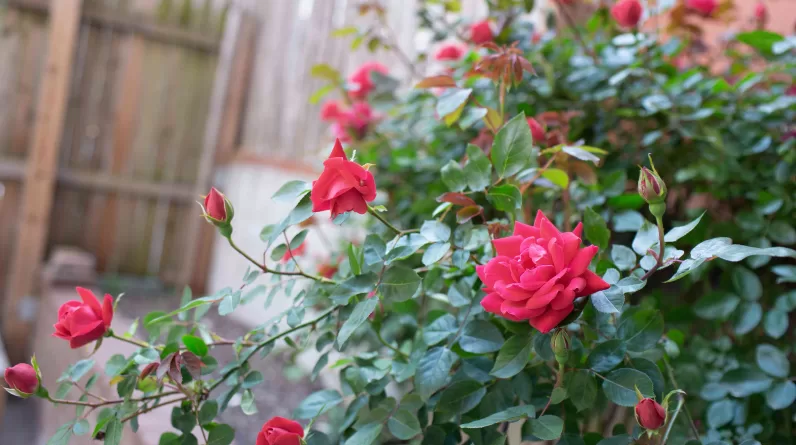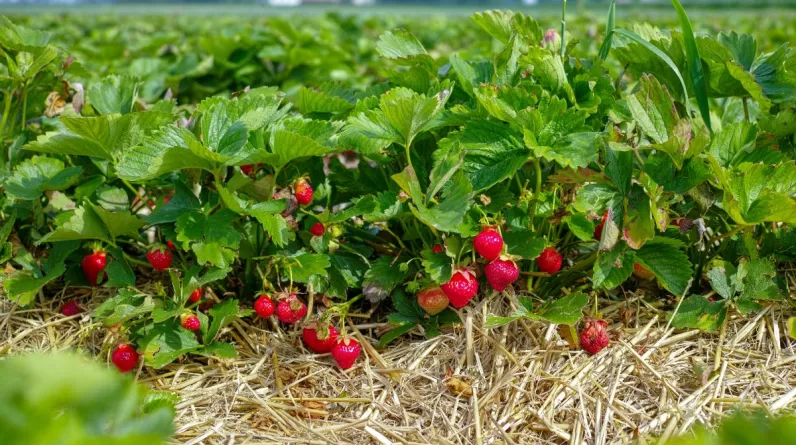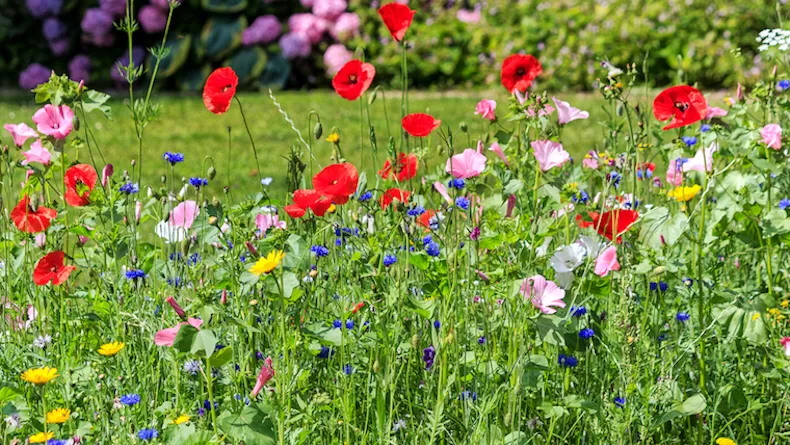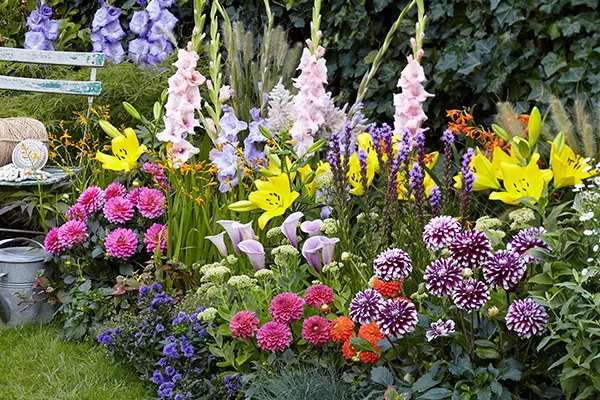With the ever-growing prices of copper piping, many homeowners have considered switching to PEX sprinkler systems because they’re a lot more budget-friendly. But is PEX for irrigation worth it, or will it not give you as much value as copper or PVC?
In this guide, we go into the nitty-gritty of using PEX for irrigation, answering your questions about whether or not it’s possible as well as its pros and cons.
Let’s get to it!
Is It Okay to Use PEX for Irrigation in Your Lawn?
Understandably, you might have doubts about installing PEX pipes in your lawn or when you’re setting up your small garden. You might be discouraged from doing so because using this type of water pipe was banned in California as well as some other states for a while.
However, you can rest assured that using PEX is legal across all the states now. California took a slightly longer time to reach that conclusion, lifting the ban on PEX pipes back in 2009.
At first, environmentalists in the state were reluctant to deem PEX pipes safe because there was a percentage of chemicals getting into the water from the pipe material.
Fortunately, after further digging and numerous studies, they found out that the amount of chemicals is minuscule to the point that it doesn’t pose a health risk.
As a result, not only were PEX pipes marked as safe for underground irrigation systems, but they were also allowed for interior uses.
What Are the Advantages of Installing PEX Pipes for Irrigation?
Now that concerns regarding PEX’s safety are settled, let us tell you why using PEX as your garden irrigation system may be one of your best ideas.
While their main selling point is their reasonable pricing, many other perks have compelled property owners to switch to PEX pipes.
1. Less Time-Consuming to Install Than Copper Pipes

If you talk to several contractors and ask them their opinion on the installation of PEX pipes, the majority if not all of them will agree on its simplicity. Because no time goes into using torches, glues, and fittings, the time of the entire installation process is significantly reduced.
Plus, putting together a PEX piping system isn’t a high-skill job that requires intense focus.
These two points cut down on installation costs a great deal, which further allows you to stick to a tight budget!
2. More Flexible
People who own lawns or gardens with obstacles, twists, and turns can greatly benefit from PEX pipes’ incredible flexibility.
Unlike a metal-based one, a PEX irrigation system can easily conform to the tight corners and bends in your garden while ensuring the water reaches everywhere with no obstruction.
This paired with a professional who knows how to make the best use of flexible PEX pipes in limited spaces ensures your investment pays off.
3. Deal Better With Freezing Temperatures
It’s not that PEX pipes are immune to low temperatures. Yet, their composition keeps them from freezing for a longer time compared to their PVC and copper siblings.
Again, this is thanks to their flexibility, as their material is similar to water hoses but not as pliable. So, you can expect them to resist breakage for as long as possible, as they were designed to bend to impressive lengths.
Other perks of choosing PEX for irrigation include:
- Much fewer leak points due to the reduced amount of connections and joints
- A lot easier to repair if it becomes creased using a heat gun
- More affordable to fix than copper or PVC systems
What Are the Disadvantages of Installing PEX Pipes for Irrigation?
While the pros of PEX pipes are all you need to be convinced that they’re worth buying, you should take a look at some cons, too, to get the full picture.
Lower Tolerance to Heat
Unfortunately, PEX pipes can’t deal with high temperatures. While their flexibility is mainly a plus point, it could also double as a negative factor because it makes the pipe prone to melting in scorching hot conditions.
While this fact doesn’t make PEX pipes a no-no choice, it means you’ll need to be aware of the placement of your irrigation pipes. Make sure none of them end up being right next to a heat source.
Also, if you live in a hot region, you may want to rethink your choice to install PEX tubing.
May Not Work Well With Curious Pets
Another scenario you won’t appreciate is having your dog chew on exposed PEX pipes in your backyard. And, since their material is pliable, chewing on these pipes may end up being your dog’s hobby, which could easily cause permanent damage to them.

Of course, this can hardly be the case with tougher pipes made from metal or PVC, as they’re painful to chew on.
So, if you have an active pet that likes to munch on all sorts of inanimate objects, consider underground irrigation systems. Your dog may still dig the ground until he finds them, though!
Another good idea is to find a way to position your PEX pipes so that they’re somehow out of your pet’s reach. Or, you could switch to a more durable sprinkler system if you can’t train your furry friend to stop eating your pipes!
To Wrap It Up
Using PEX for irrigation has been an ongoing debate, especially since it’s been banned in many states for some time. Yet, the great news is that researchers have found PEX pipes safe for use with drinking water as well as outdoor irrigation setups.
Our opinion? We think that PEX pipes are worth installing as part of your garden’s irrigation system. They’re flexible, easy to use and install, affordable, and long-lasting in the face of cold conditions.
Still, PEX pipes aren’t free of negative aspects, like being incredibly chewable and not withstanding high heat. So, make sure you take all the pros and cons into account before installing PEX pipes in your yard.







